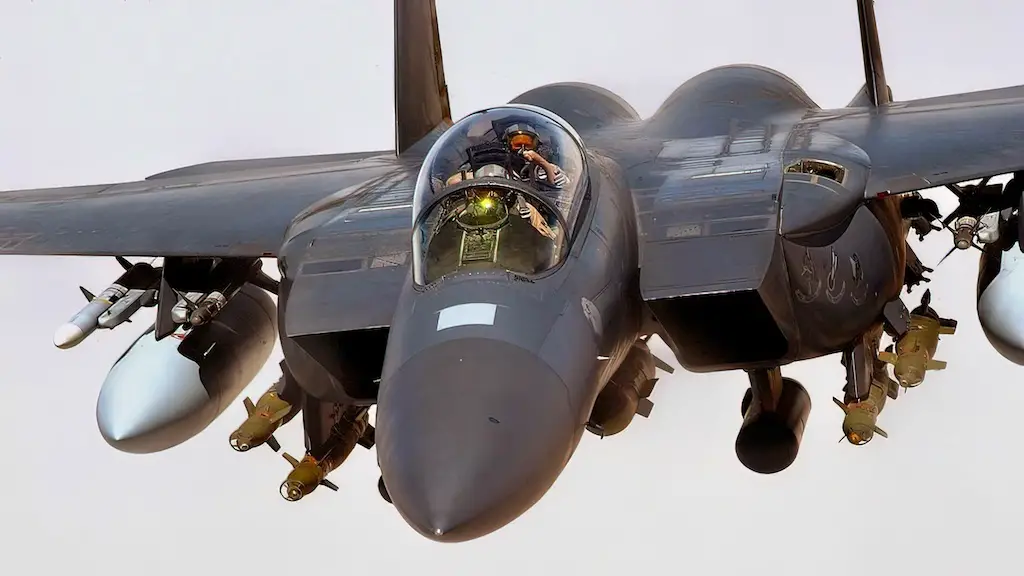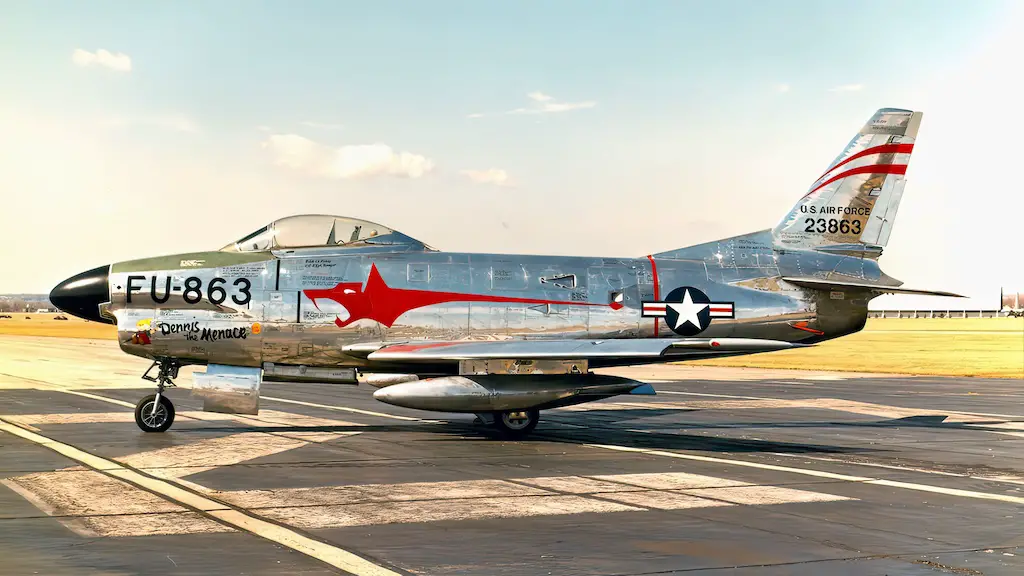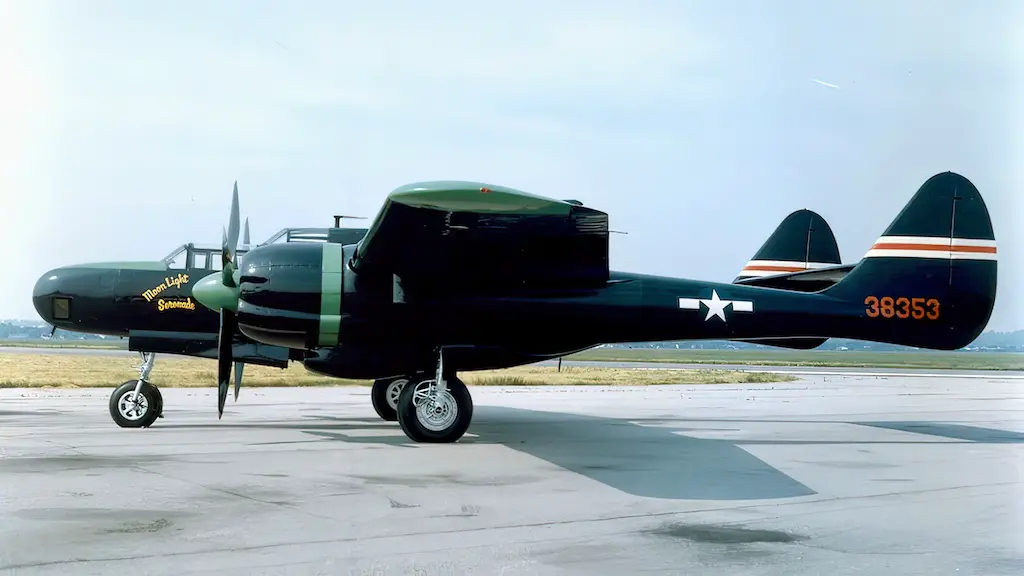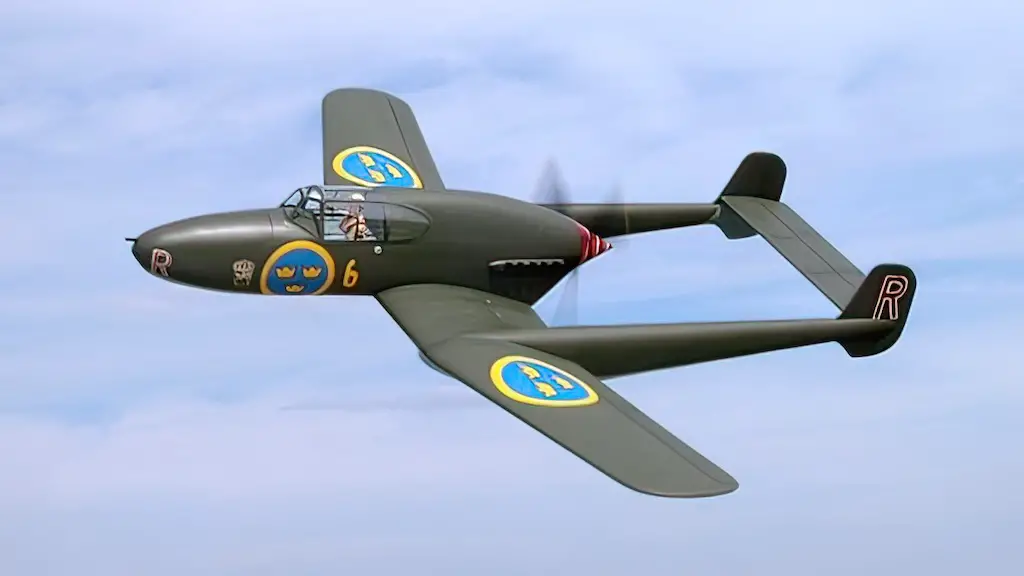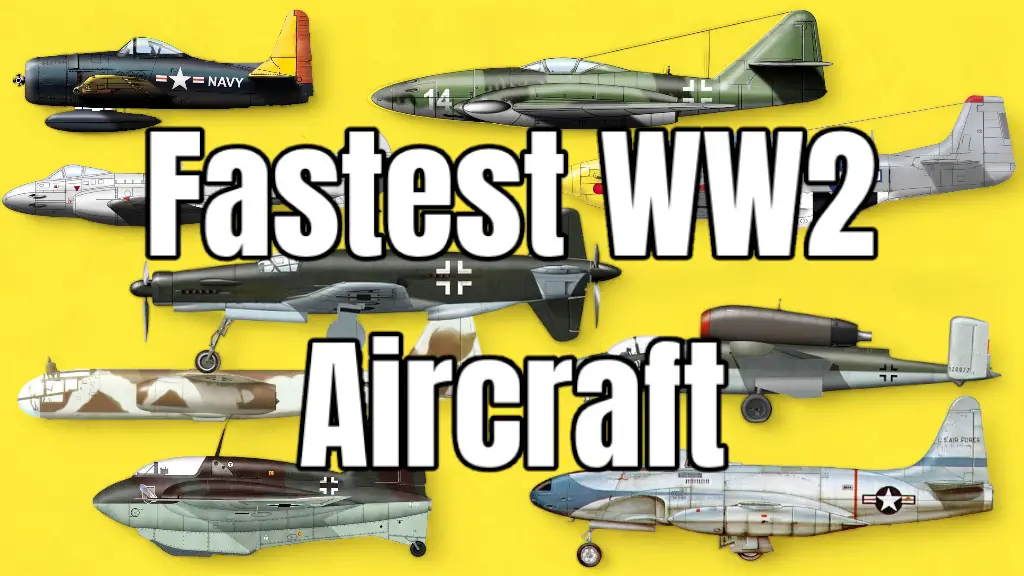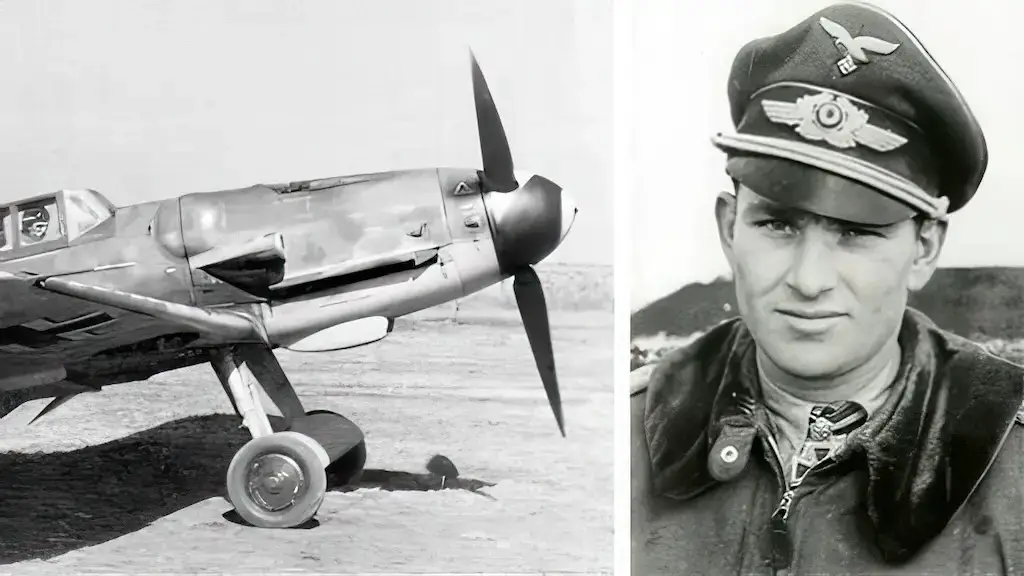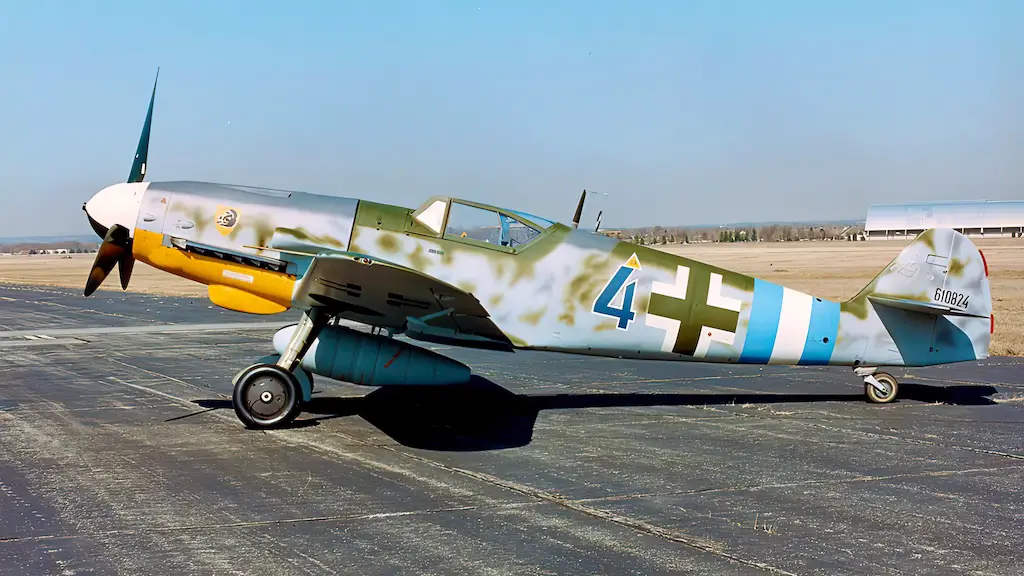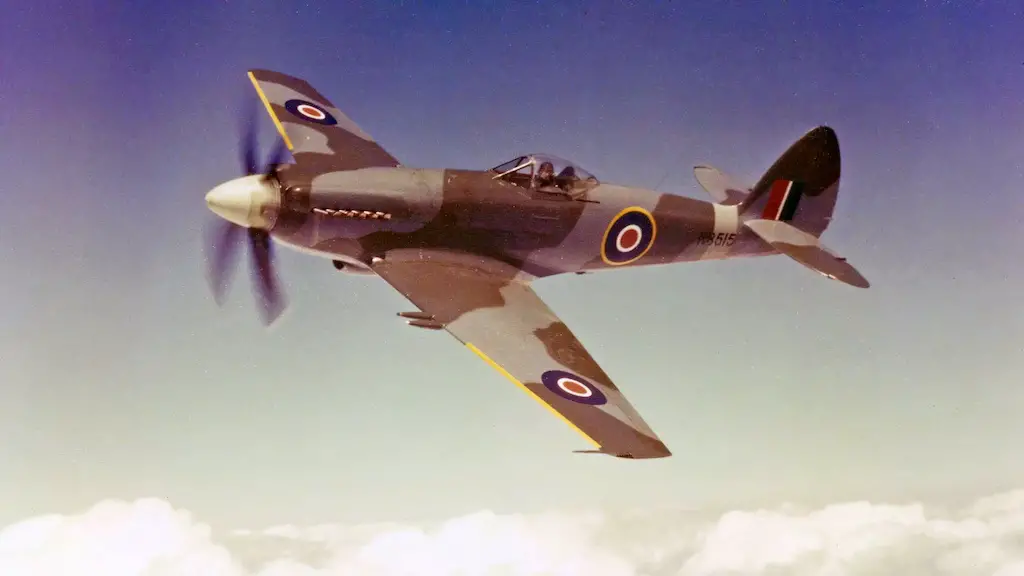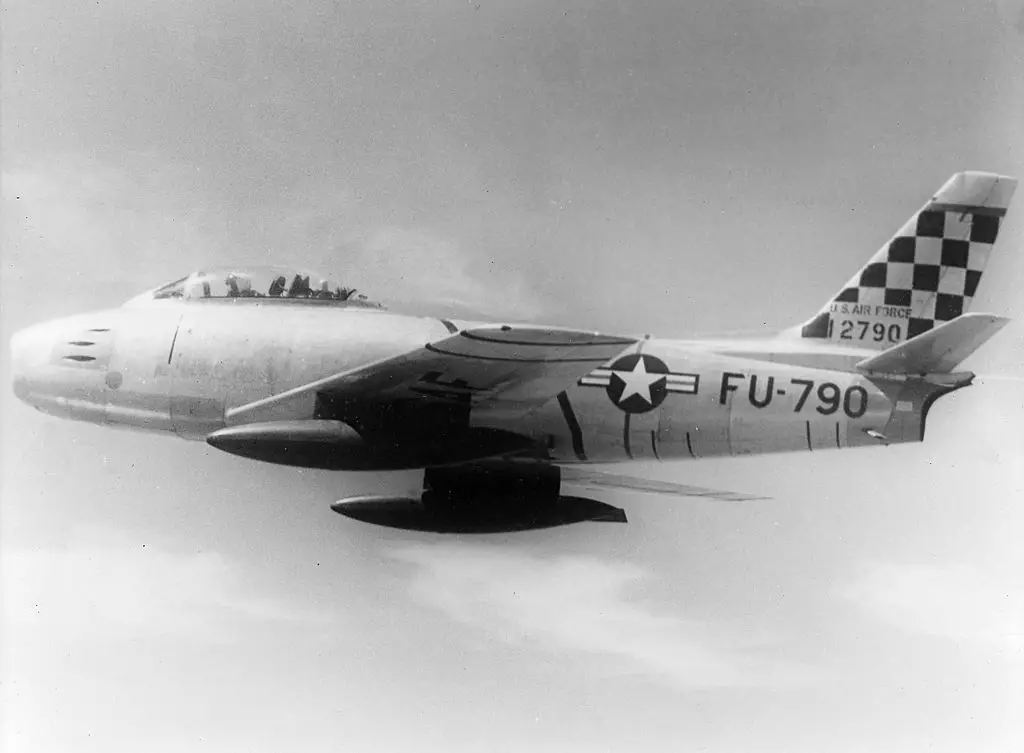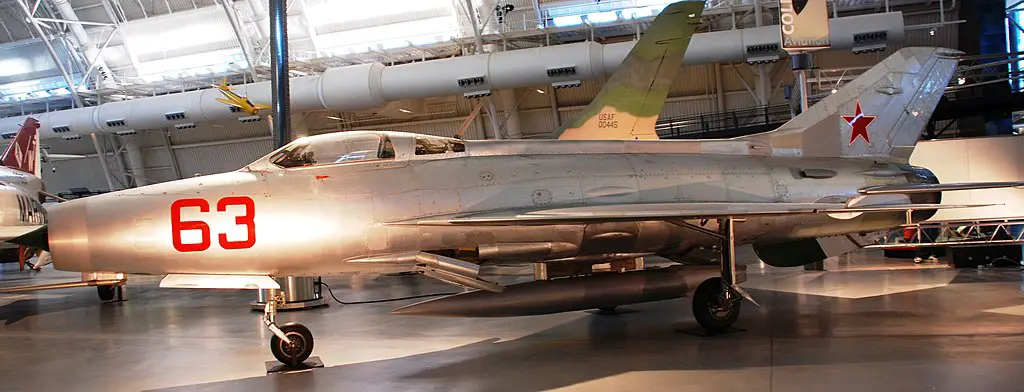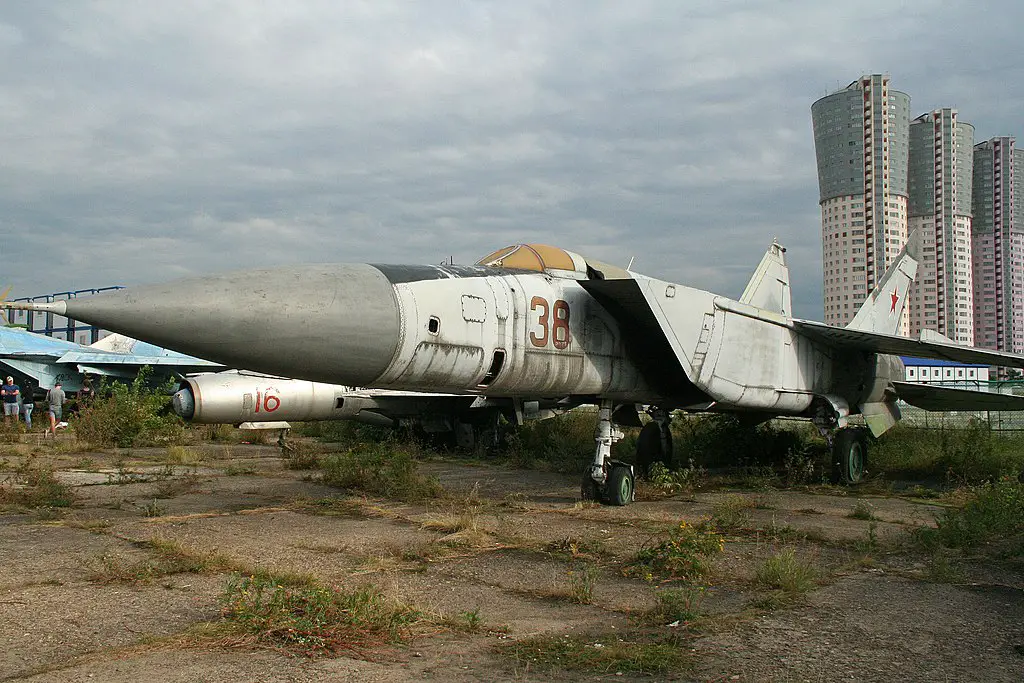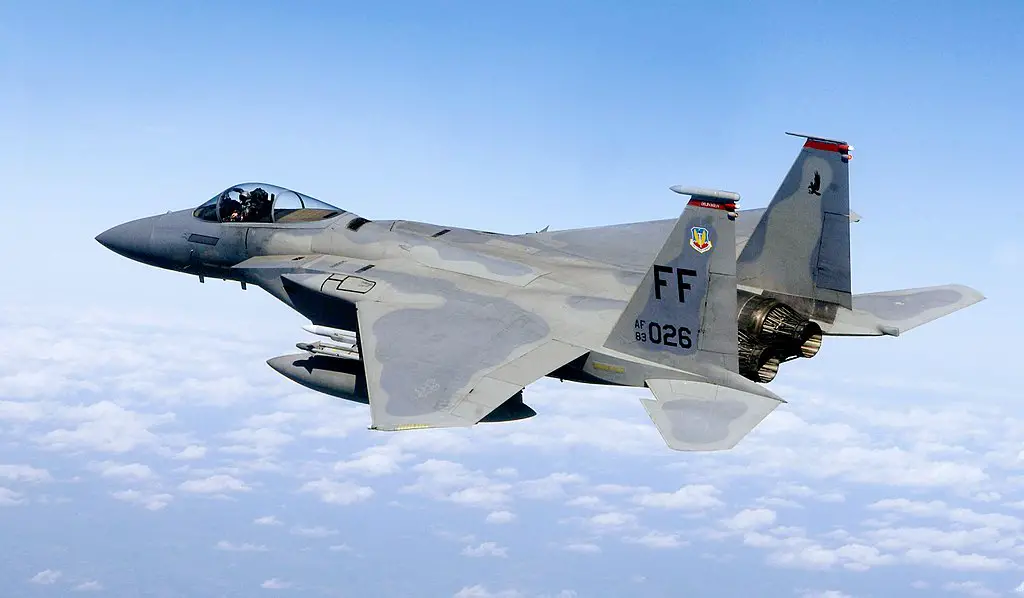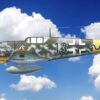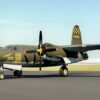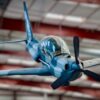Let’s face it, there’s nothing happening in the aviation world now that can match the Cold War arms race and the awesome aircraft that was created in this era. The fighters, in particular, went through four generations of evaluation, and today we will try to determine which fighters were the best among their peers.
It’s worth mentioning that pinpointing the ultimate fighter jet of a generation can be subjective. Countless factors must be weighed, including speed, maneuverability, weaponry, range, and technological advancements. Moreover, diverse nations might have differing notions on what planes reign supreme. All things considered, we present an overview of some of the foremost fighter aircraft for each era.
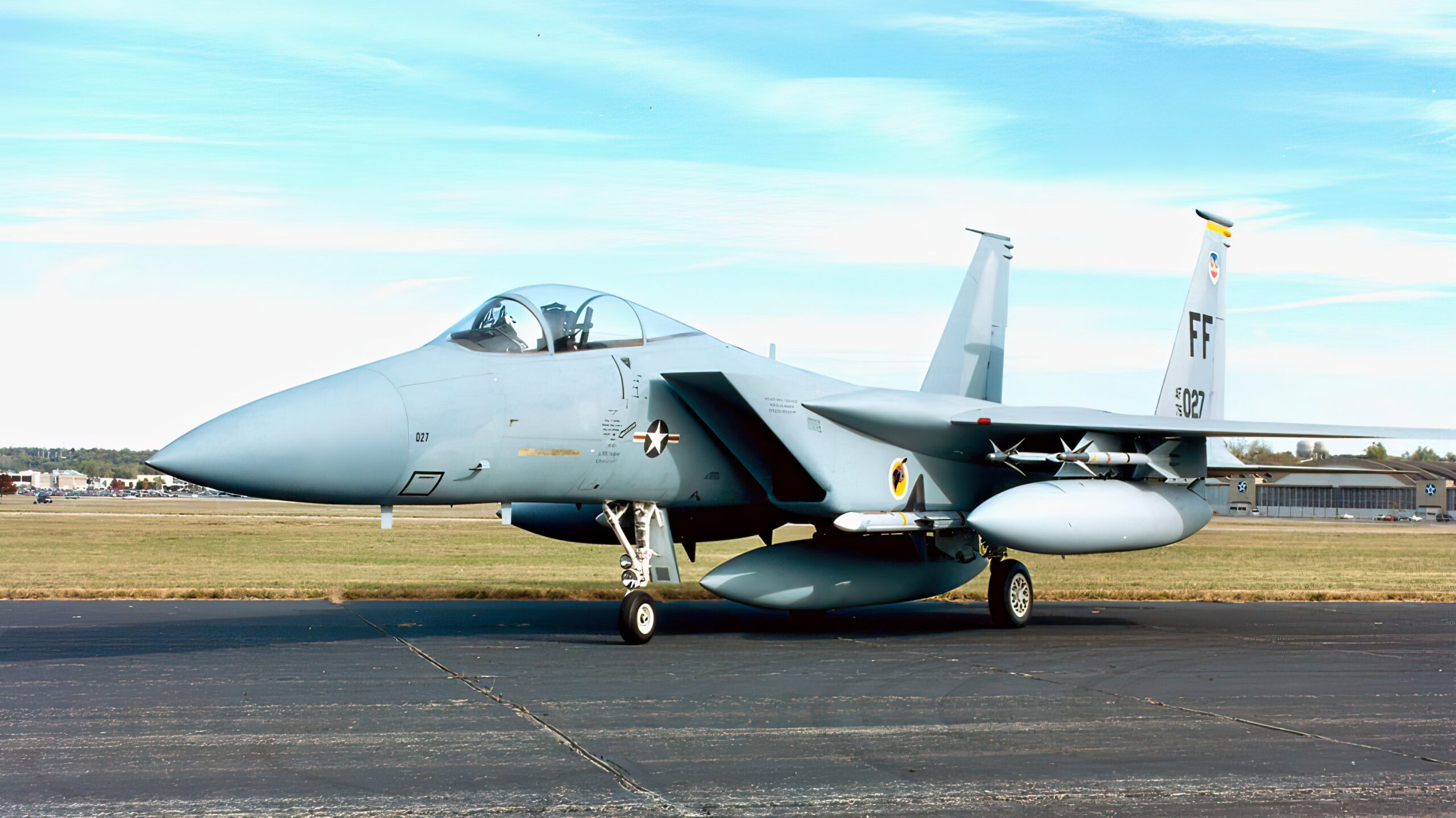
First generation: F-86 Sabre
The F-86 Sabre is a significant milestone in fighter aircraft development. It was one of the first jets to integrate a swept-wing design, which greatly boosted its high-speed performance and stability. In addition, it was the premier jet fighter to employ an all-flying tail, a design feature that is now standard in most contemporary fighter aircraft.
Moreover, the F-86 was more than just a technological wonder. It was a symbol of American creativity and perseverance. Its pilots adapted their strategies to counter the MiG-15’s advantages, and their victory in aerial combat was pivotal to the war effort. To this day, the F-86’s influence persists, as it has encouraged generations of engineers and pilots to construct and fly the finest fighter aircraft achievable.
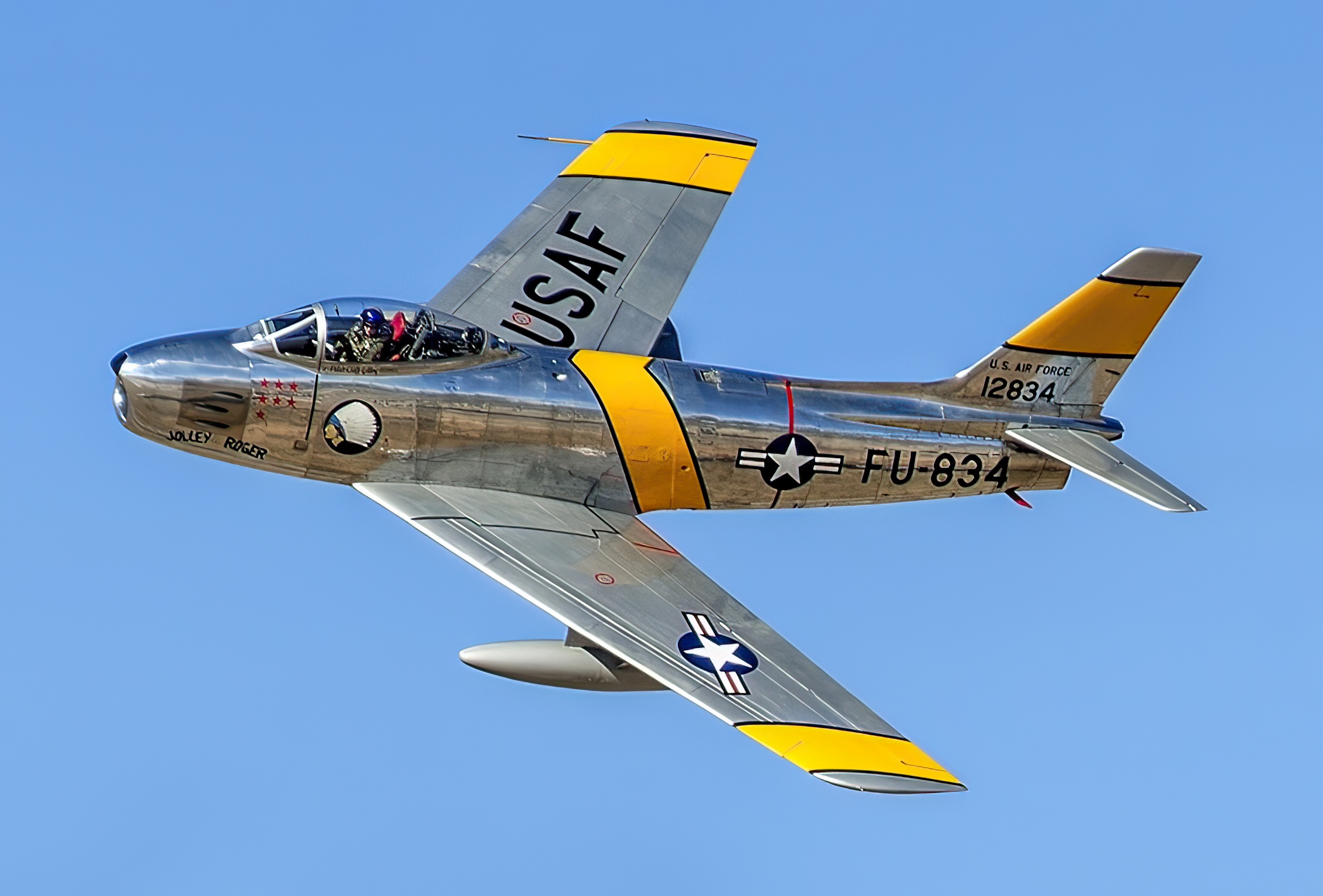
Second Generation: MiG-21 Fishbed
The Mikoyan-Gurevich MiG-21 fighter aircraft, known as the Fishbed, was highly acclaimed and served in more than 60 countries worldwide. It was manufactured by the Soviet Union during the Cold War and remains one of the most successful and enduring fighter jets in history. The aircraft was praised for its versatility in air-to-air and air-to-ground combat, as well as reconnaissance missions. Its small size and agility made it a tough opponent in dogfights, with superior speed and maneuverability.
The simplicity of the MiG-21’s design was remarkable, making it easy to maintain and repair, and a much-loved choice among military forces with reduced resources. Additionally, it was relatively inexpensive to produce, which enhanced accessibility to countries with smaller defense budgets. The most noteworthy aspect of the MiG-21 was its longevity. It remained active for over 50 years, from the early 1960s to today, and is still operational in several countries. The aircraft’s enduring popularity speaks volumes about its durability, reliability, and effectiveness as a fighter jet.

Third generation: MiG-25 Foxbat
The MiG-25, known as the Foxbat, was a Soviet interceptor aircraft that soared to incredible heights at supersonic speeds in the 60s. Its purpose was to intercept and obliterate enemy aircraft, hence becoming one of the most dominating planes of its time.
Among the attributes that made the MiG-25 magnificent was its remarkable speed, accelerating past Mach 3.2. Its lightning-fast pace enabled the aircraft to neutralize and eliminate enemies at faraway distances and in high altitudes, providing a strategic advantage during aerial combat. However, it should be noted that the aircraft had the risk of literally disintegrating when it approached speeds of Mach 3.
Another integral component that helped establish the MiG-25’s superiority was its potent radar system. The aircraft’s RP-25 Smerch-A radar could locate and monitor multiple targets concurrently, generating a powerful air defense and reconnaissance ally.
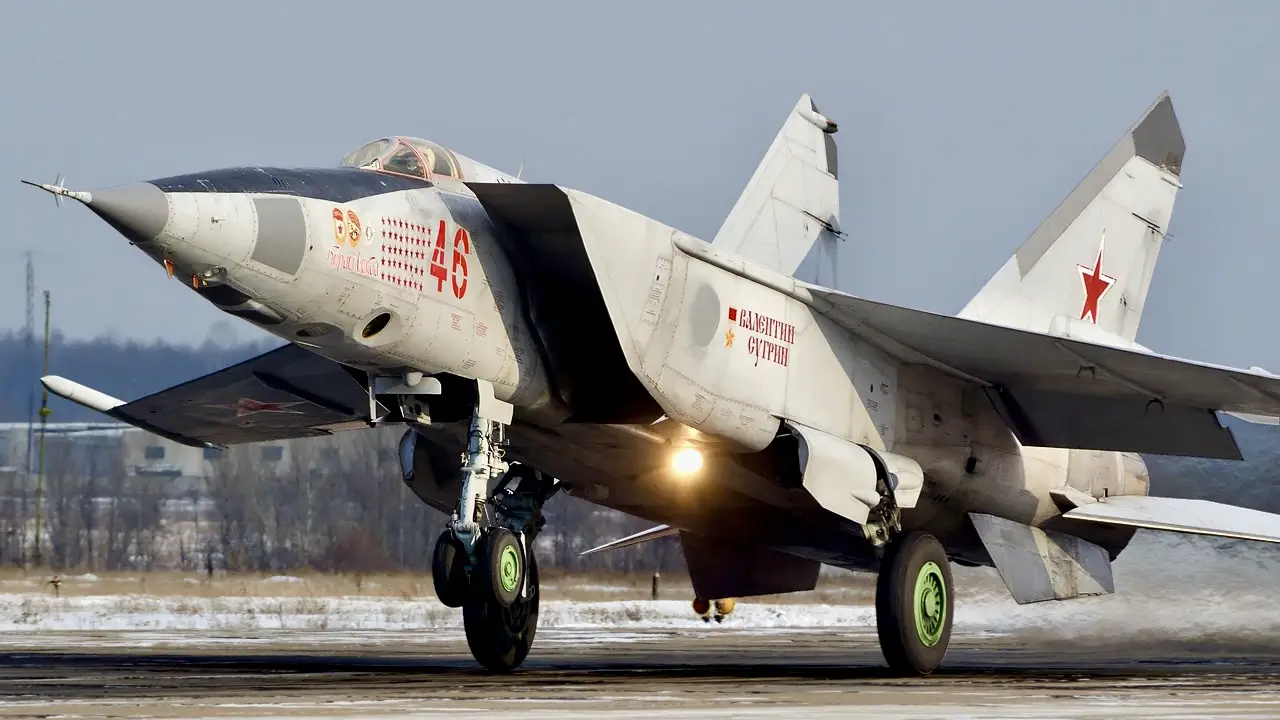
Fourth generation: F-15 Eagle
Considered one of the most successful fighter aircraft in history, the F-15 Eagle is renowned for its dominance in air-to-air combat. Its advanced avionics gave it the power to engage and destroy enemy aircraft with precision. Equipped with powerful radar, sophisticated targeting systems and air-to-air missiles, the F-15 was a formidable adversary in any dogfight. This impressive fighter has achieved 104 aerial victories and zero losses in air-to-air combat, securing its status as one of the most successful aircraft ever built
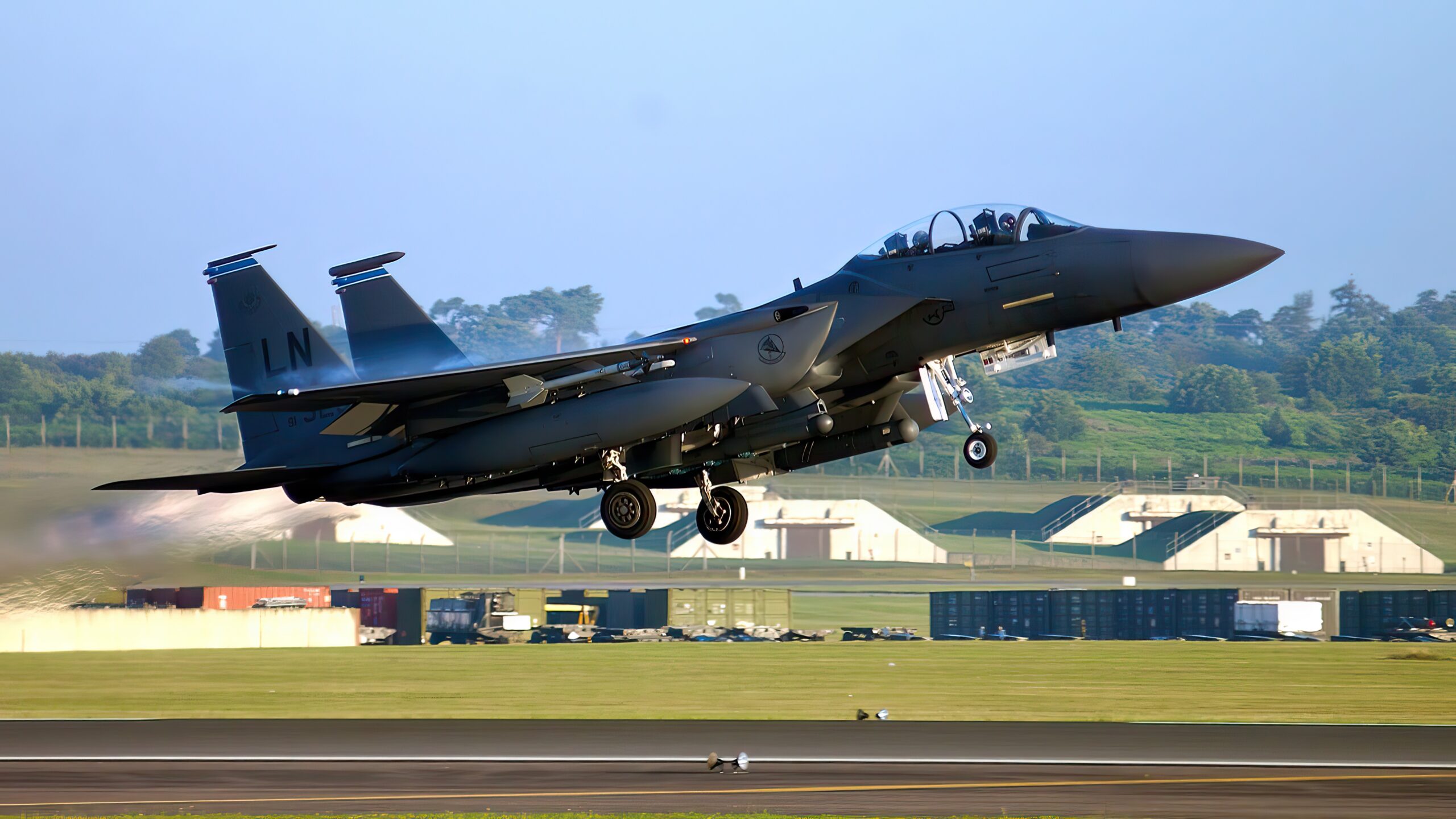
Exceptional speed and maneuverability contributed significantly to the F-15’s success. With speeds exceeding Mach 2.5, it was among the fastest fighters globally, and its advanced airframe design and powerful engines made it superior in outmaneuvering other aircraft. These capabilities gave F-15 pilots an edge in air-to-air engagements, while boosting its effectiveness as a reliable weapon in any air force’s arsenal.
The F-15’s long lifespan and adaptability also played a role in its continuing popularity. Although introduced in the 1970s, numerous upgrades over the years have kept it relevant and effective. Upgrades to its avionics, engines and weapons systems have ensured that it remains a cutting-edge fighter even decades after its initial introduction. As a result, the F-15 remains a popular choice for air forces worldwide and will undoubtedly continue to play a crucial role in military operations for years to come.
